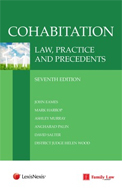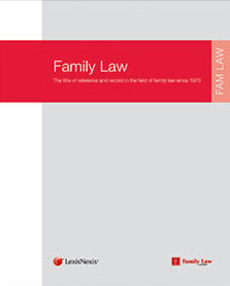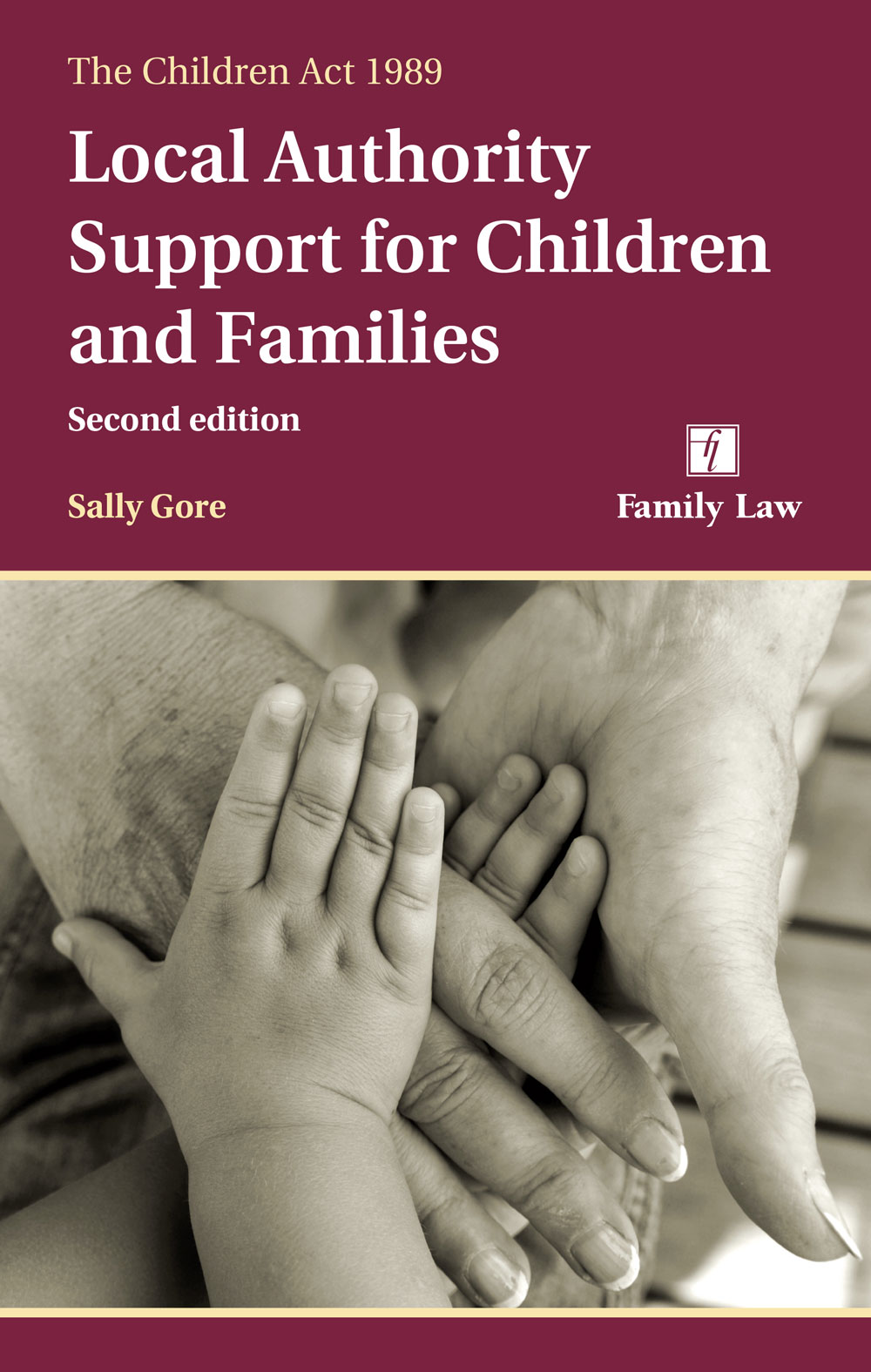Our articles are written by experts in their field and include barristers, solicitors, judges, mediators, academics and professionals from a range of related disciplines. Family Law provides a platform for debate for all the important topics, from divorce
and care proceedings to transparency and access to justice. If you would like to contribute please email
editor@familylaw.co.uk.
Families and the Labour Market, England: 2017
© Copyright LexisNexis 2024. All rights reserved.
The Office for National Statistics has released an article exploring how the employment of men and women aged 16 to 64 with children has changed over the past two decades and what the current picture looks like.
 Cohabitation: Law Practice and Procedure provides commentary, checklists, procedural guides and precedents on the subject in a single volume. The 7th edition is available to order here.
Cohabitation: Law Practice and Procedure provides commentary, checklists, procedural guides and precedents on the subject in a single volume. The 7th edition is available to order here.
The article was produced using the Labour Force Survey (LFS) and Annual Population Survey (APS) and also provides an insight into how families with children organise their economic activity.
Article continues below...
Children Act 1989, The
Providing you with a detailed examination of Part...
£74.99
Family Law
"the principal (monthly) periodical dealing with...
£389
The main findings are:- The employment rate of mothers in England has increased by 11.8 percentage points to 73.7% between 1996 and 2017; however, mothers aged between 16 and 49 are still less likely to be in employment than women without dependent children of the same age.
- 1.1 million (75.2%) inactive or unemployed mothers stated they would definitely or probably return to work in the future.
- Mothers with a youngest dependent child aged three or four years old have the lowest employment rate of all adults with or without dependent children (65.1%).
- Mothers with children aged between 1 and 12 years old are more likely to be in part-time employment than full-time employment.
- As couple families have more children, the likelihood of both parents working full-time decreases.
- 1.8 million couple families split employment so that the father is in full-time work and the mother in part-time work; this is the most common way that families in England organise their economic activity.
Click here to view the full article.


 Cohabitation: Law Practice and Procedure provides commentary, checklists, procedural guides and precedents on the subject in a single volume. The 7th edition is available to order here.
Cohabitation: Law Practice and Procedure provides commentary, checklists, procedural guides and precedents on the subject in a single volume. The 7th edition is available to order here.




